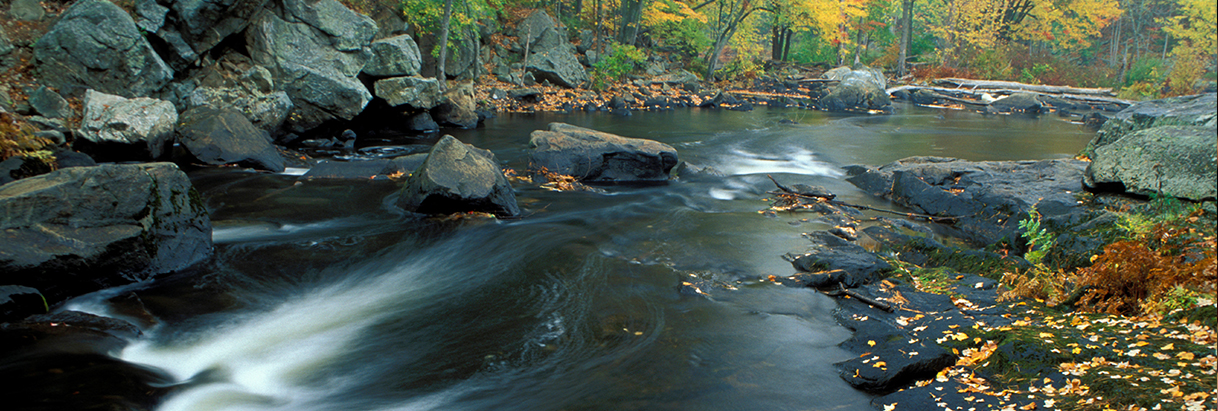What does pollution do to the water?
As on many rivers, the Lamprey’s water quality is occasionally degraded. Sometimes it is caused by too much of something:
- Excessive algae growth is fueled by nutrients entering the water from land or wetlands. Excess algae growth clouds the water, adds a bad taste, and can make the river less suitable for aquatic animals.
- Bacteria levels from human or farm waste occasionally exceed standards for a Class B river, making swimming and fishing less safe.
- During periods of extremely low flow, concentrations of dissolved copper and zinc also occasionally have reached levels considered harmful to aquatic life.
Sometimes pollution arises from too little of something that should be present. Despite generally good water quality in most of the river, the lower reaches of the Lamprey have failed to meet EPA dissolved oxygen standards at least 50% of the time in the summer for several years (Ecological Trends in the Great Bay Estuary Report 2009). Dissolved oxygen refers to the concentration of tiny oxygen gas bubbles that dissolve in water in the same way that carbonated gas bubbles dissolve in soda. The amount of oxygen gas that can be dissolved in water is determined largely by water temperature, where cold water can hold a lot and warm water can hold less. When there is an abundance of decaying material, such as dead algae, in the water and inputs of well-oxygenated water are low, such as during low flow, the amount of dissolved oxygen gas needed by aquatic animals can become dangerously low.
For a summary of water quality data see the Resource Assessment and Lamprey River Water Quality Report for the Nonpoint Source Program, 1994, prepared by the NH Department of Environmental Services. For more information about the Piscataqua Region Estuaries Partnership, click here, https://prepestuaries.org

